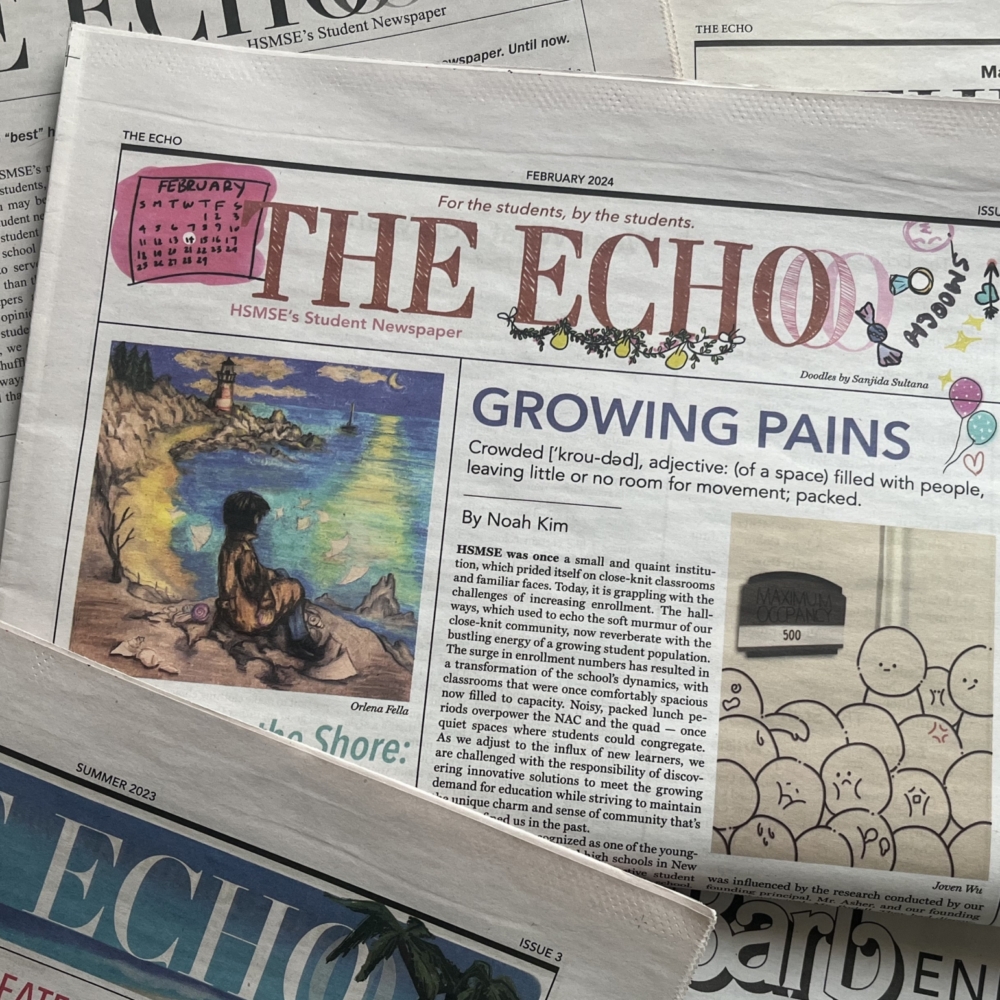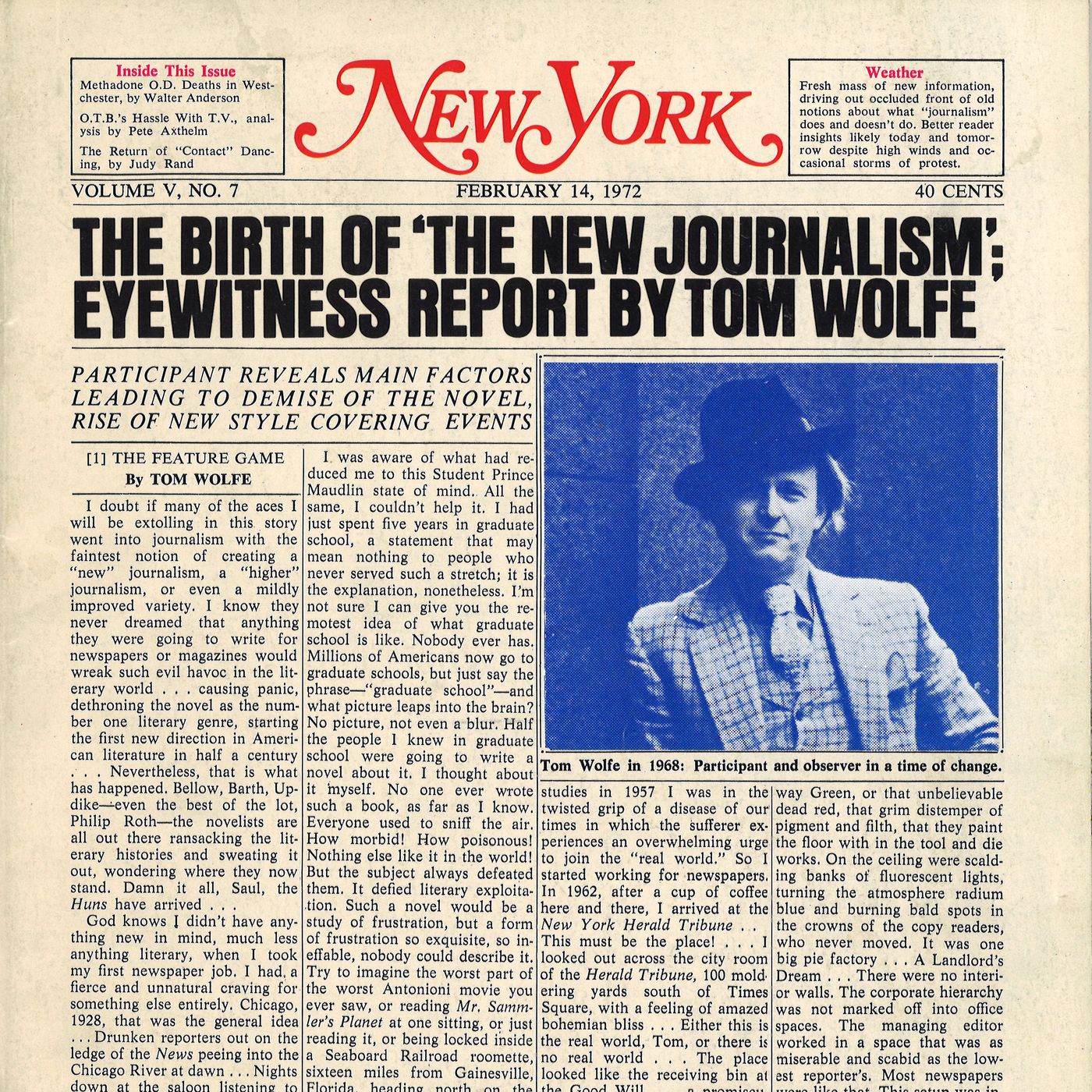News Articles Things To Know Before You Get This
3 Easy Facts About News Articles Explained
Table of ContentsThe Single Strategy To Use For News ArticlesThe Ultimate Guide To News ArticlesHow News Articles can Save You Time, Stress, and Money.How News Articles can Save You Time, Stress, and Money.8 Simple Techniques For News Articles
Good understanding of different topics provides pupils a competitive side over their peers. Also though electronic and social media are readily easily accessible, we ought to not neglect exactly how important it is to review the newspapers. Parents must try and instill the habit of reviewing a newspaper as a day-to-day routine to proceed the legacy of the revered print tool.News tales additionally include at least one of the adhering to important attributes loved one to the designated target market: closeness, prestige, timeliness, human passion, peculiarity, or repercussion.
Within these limits, information tales likewise intend to be thorough. Amongst the larger and more highly regarded papers, justness and equilibrium is a major aspect in presenting details.
Papers with a worldwide target market, for example, often tend to make use of a more official style of composing. The particular choices made by a news electrical outlet's editor or content board are typically accumulated in a design guide; usual style overviews include the and the United States Information Style Publication. The major goals of information writing can be summarized by the ABCs of journalism: accuracy, brevity, and clearness.
News Articles - Questions
Generally, reporters will certainly not use a long word when a short one will do. They utilize subject-verb-object construction and brilliant, energetic prose (see Grammar). They provide narratives, instances and metaphors, and they hardly ever depend on generalizations or abstract concepts. Information writers attempt to avoid using the same word extra than as soon as in a paragraph (often called an "resemble" or "word mirror").
Headlines occasionally omit the subject (e.g., "Jumps From Watercraft, Catches in Wheel") or verb (e.g., "Feline lady lucky"). A subhead (additionally subhed, sub-headline, subheading, caption, deck or dek) can be either a secondary title under the major headline, or the heading of a subsection of the post. It is a heading that precedes the major text, or a team of paragraphs of the major text.

of an article subject, source, or interviewee), it is described as a pulled quotation or pull quote. Extra billboards of any of these types might show up later on in the post (particularly on subsequent pages) to attract additional reading. Journalistic web sites occasionally make use of computer animation techniques to switch one signboard for another (e.g.
Rumored Buzz on News Articles
Such signboards are additionally used as reminders to the post in various other sections of the magazine or site, or as advertisements for the item in various other publication or websites. News release of the Swiss federal government. Typical framework with title, lead paragraph (summary in strong), other paragraphs (details) and call information.

Instance of a hard-lead paragraph NASA is suggesting an additional area project. The budget plan requests about $10 billion for the job.
The NASA statement came as the agency asked for $10 billion of appropriations for the job. An "off-lead" is the 2nd crucial front page information of the day. The off-lead appears either in the top left edge, or straight below the lead on the right. To "hide the lead" is to start the article with history details or information of additional relevance to the visitors, compeling them to check out more deeply right into a write-up than they need to have to in order to uncover the necessary points.
Examine This Report on News Articles
Common usage is that a person or 2 sentences each create their very own paragraph. Reporters typically explain the company or framework of a newspaper article as an inverted pyramid. The important and most fascinating components of a tale are put at the start, with supporting info adhering to in order of decreasing value.
It permits individuals to check out a topic to just the deepness that their interest takes them, and without the imposition of details or nuances that they might think about irrelevant, however still making that details readily available to more interested viewers. The inverted pyramid framework additionally makes it possible for posts to be trimmed to any approximate length throughout format, to suit the space available.
Some writers begin their stories with the "1-2-3 lead", yet more there are numerous kinds This Site of lead readily available. This layout inevitably starts with a "5 Ws" opening up paragraph (as defined over), followed by an indirect quote that offers to support a major component of the very first paragraph, and afterwards a direct quote to sustain the indirect quote. [] A kicker can describe several things: The last tale in the news broadcast; a "satisfied" story to finish the show.
Longer posts, such as magazine cover posts and the pieces that lead the within sections of a newspaper, are referred to as. Attribute stories vary from straight news in numerous ways. Foremost is the lack of a straight-news lead, a lot of the moment. Rather than supplying the essence of a tale up front, attribute writers may try to lure viewers in.
News Articles - An Overview
An attribute's very first paragraphs frequently relate an intriguing moment or occasion, as in an "unscientific lead". From the particulars of a person or episode, its sight rapidly broadens to generalities about the story's topic.

The Editor's Toolbox: A Referral Guide for Beginners and Professionals (2001) Allan M. Siegal and William G. Connolly. The New York City Times Manual of Style and Use: The Authorities Style Guide Made Use Of by the Writers and Editors go to website of the World's A lot of Reliable Newspaper (2002) M. L. Stein, Susan Paterno, and R.